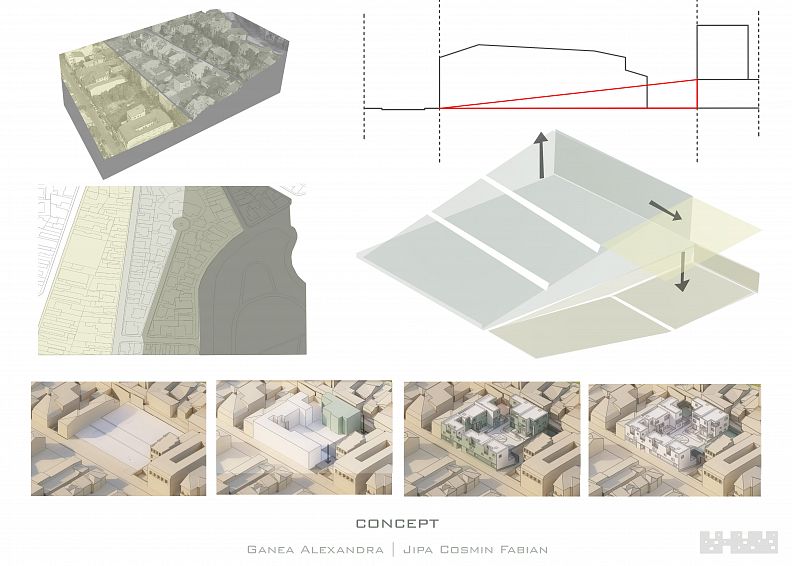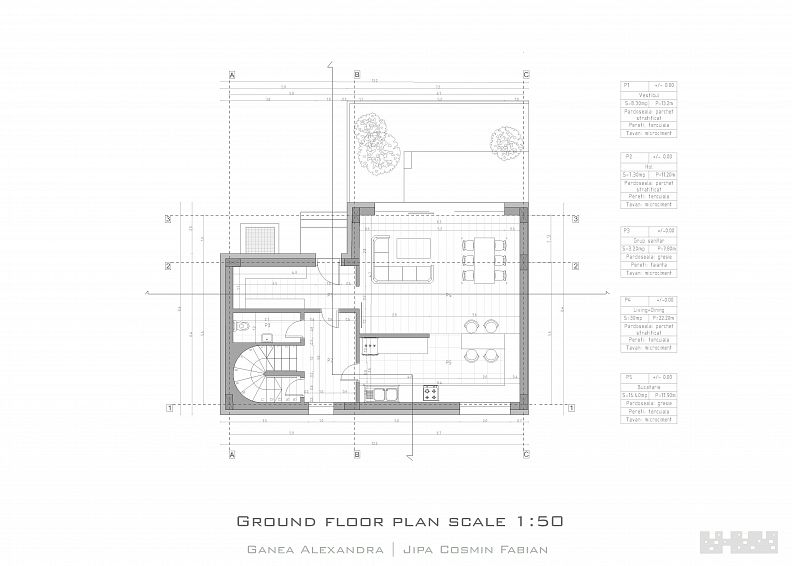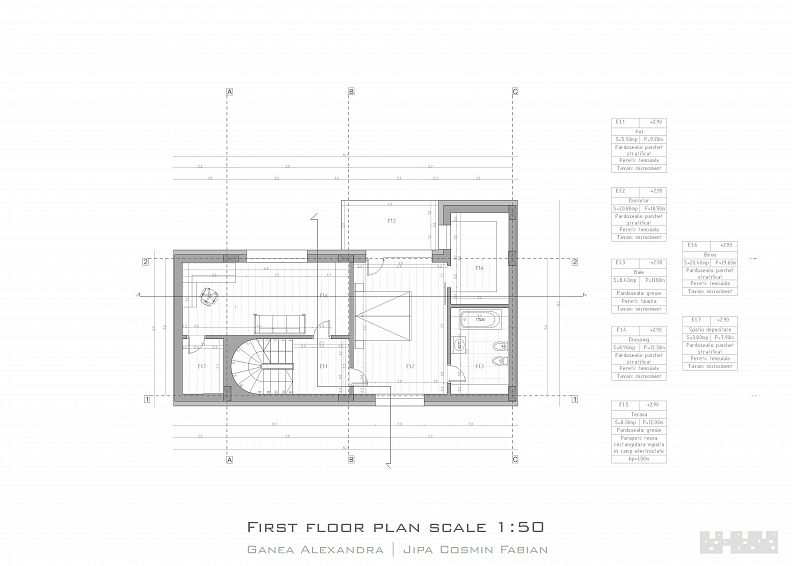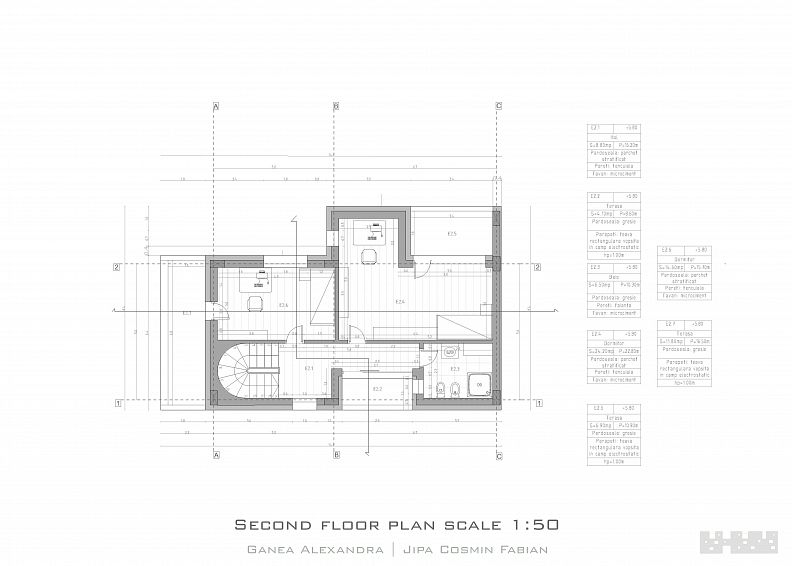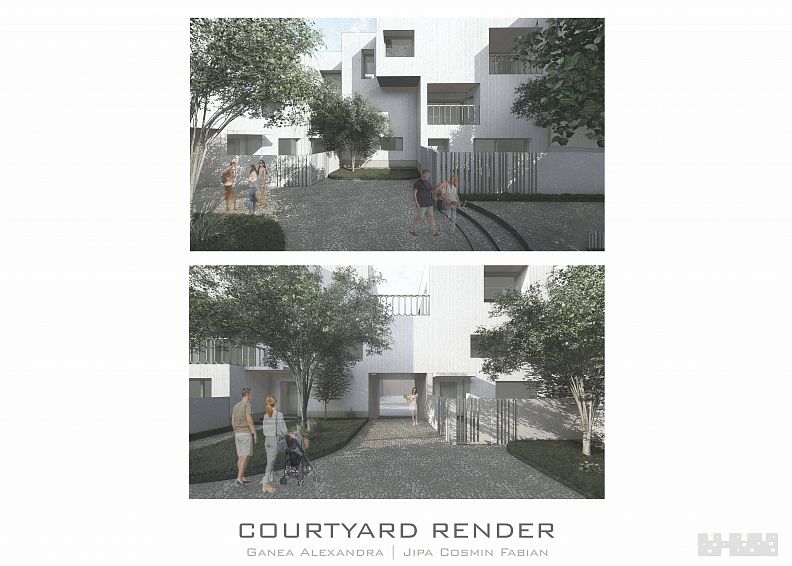Living in a Community|7 Houses and a Courtyard

Project idea
The theme shifts the emphasis on the tension created between the given reality of a site in the historic city (configured spontaneously, by overlapping layers, etc.) and the theme of a small housing complex (having its own rules). Starting from a dominant theme related to living and from a careful and critical reading of the neighborhood, this exercise must allow a progressive experimentation of "shaping the architectural space", so aspects of architecture related to: composition and organization of space, structure, materiality, use and distribution of space, capitalization of the precedent, etc.
Project description
Understanding of the city through the project, exploring the co-presence of several rules of urban planning.
Knowledge of tools for exploring the connections between the social life of the city and the urban space.
Systematic and sensitive understanding of a neighborhood, community and neighborhood social relations.
Exercising the skills to develop a coherent architectural program.
Development of the capacity for formal creation and architectural composition, advancing towards the understanding of the relations between part and whole, unity and ensemble, repetition and differentiation.
Strengthen the learning of the spatial, functional, structural and detailing principles of housing architecture, taking into account the elements of social interaction between seven families.
Technical information
The structure form of our project is a concrete frame one, comprising a network of columns and connecting beam that forms the structural skeleton of the 7 buildings. Moreover, the materials that we have used as non-bearing walls for our concrete frame structures consist in ceramic blocks.
